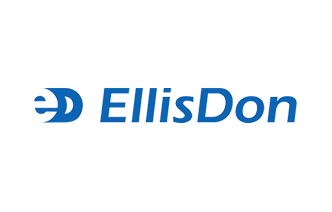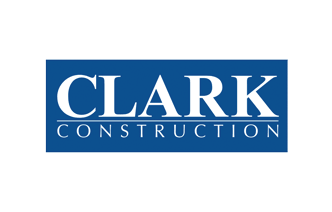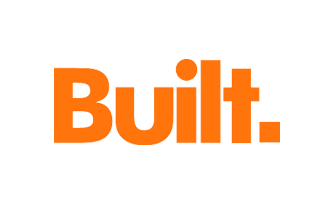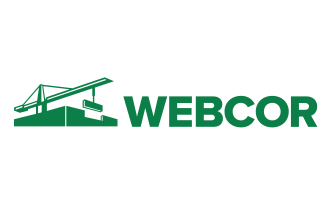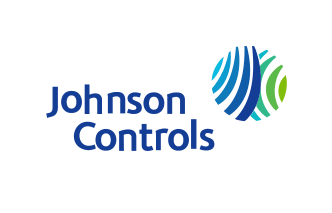LEED Documentation Best Practices
We only have this one world, and like a colony of ants, we continue to use up resources as we expand. Mother Nature’s been pretty tolerant of all our demands so far, but every barrel has a bottom and we never want to reach the day when we begin to scrape it. There’s certainly no way we can quit growing, so the compromise becomes inventing new ways to reduce environmental collateral and build our anthill smarter, cleaner, and more conscious of the world around us. The days of cutting corners with materials and carelessly dumping waste are long gone, as we can no longer afford the economic or environmental cost.

That’s where the Leadership in Energy and Environmental Design program comes in, and most of you are surely familiar with LEED from your own projects. LEED’s checklist of required criteria for building sites ensures that we’re maintaining good practices for energy efficiency and waste management, which is undeniably great. But as with any required forms and guidelines, sometimes it’s a hassle keeping track of it all as you go. Installing better light fixtures, diverting the bulk of your rubbish away from the landfill, maintaining low volatile organic compounds (VOC) on-site, and the endless number of other considerations is a serious jumble. Thankfully, you’ve already got Fieldwire installed on your tablet or phone, so managing your project data in the field is already a breeze.
The key to LEED documentation is being organized, which is where Fieldwire shines brightest. Building green is a constant balancing act, so utilizing our app to monitor your construction runoff will save you many headaches in the long term. How many times have you needed to verify VOC levels in materials, keep track of FSC wood certificates, or incorporate reused material into your construction plans? Meeting requirements like these becomes easier with Fieldwire since you can upload all of your submittals in the Files section, so that when those materials are delivered to the site you can make sure they match the approved list. This is also useful for measuring the minimum indoor air quality performance and low-emission substances. Tracking the efficiency and sustainability of your site by collecting your submittals in the Files section will safeguard against any important details getting lost throughout the project’s duration.
You can also document your waste management program through Fieldwire by attaching photos and organizing tasks accordingly. Snapping photos of your recycling and separation bins will maintain a record of all project refuse, and you can further keep track of junk disposal by using hashtags with tasks and plans to parse relevant data. For instance, you could attach “#LEED” or “#waste” to the pertinent project content, and then generate a report that only displays content associated with those hashtags. As simple as that, you’ll have backup for your waste management report in moments. It’s a pretty useful method of making sure at least 50-75% of your construction debris is recycled or eliminated in a green manner.
File management within Fieldwire enables you to stay on top of every LEED requirement. Mechanical contractors can oversee things like duct wrappings to make sure they comply with IEQ, and if any wrapping gets damaged, create a task in Fieldwire to document the repairs. Do you need to document SWPP (stormwater pollution prevention) procedures? Take photos of it all and create reports to go along with your punch lists. Handling inspections like this is far simpler than going around with a clipboard and camera - Fieldwire allows you to record it all with just your phone or tablet. Our checklists and real-time notification system will keep your team informed, and timestamps within task content let you track progression over time.
With the right mindset, you can use Fieldwire in a number of clever ways to stay on top of your LEED criteria and measure your crew’s efficiency. Site sustainability, cleaner energy, waste and hazard measurements, and material quality are all major topics to consider on every job, and you’ll have a much easier go of it by organizing your related documents in our app. So the next time you have to fill out that LEED checklist, watch how much quicker this process gets finished with all of the information we put at your fingertips.
Fieldwire is free for small teams on Apple iOS, Android, and on the web. We already support 1,000+ companies across 200,000+ projects, and we’d love to work with you!

 Marielle Price •
Marielle Price • 



